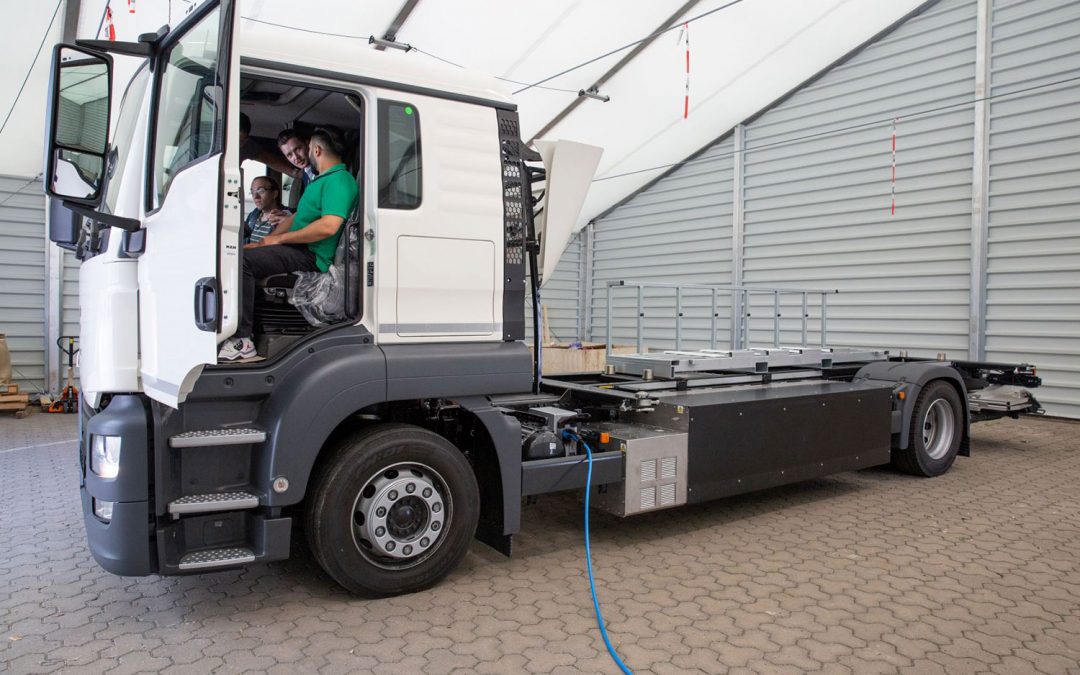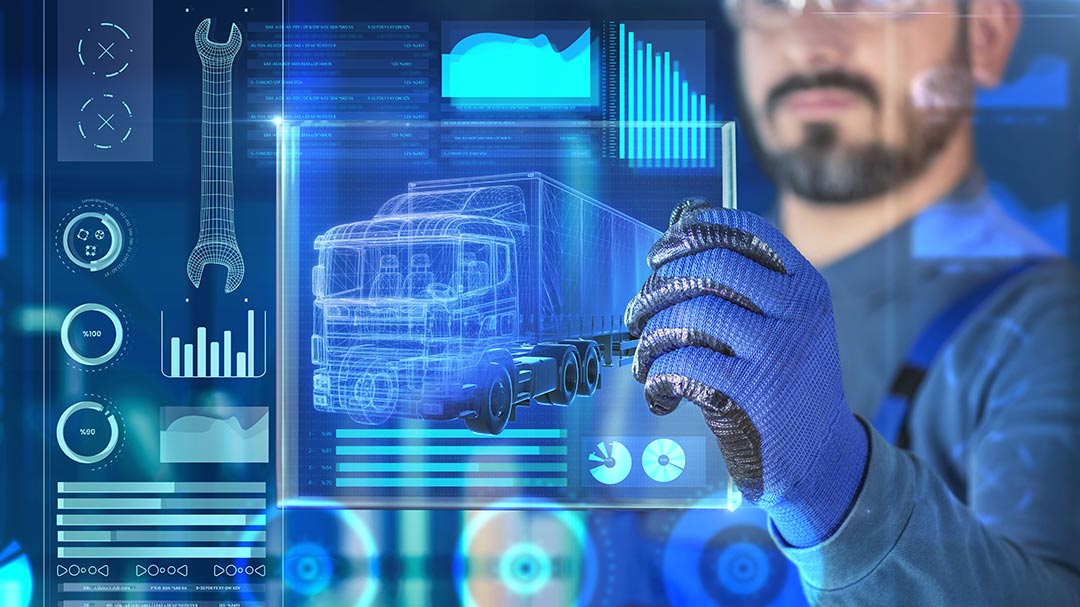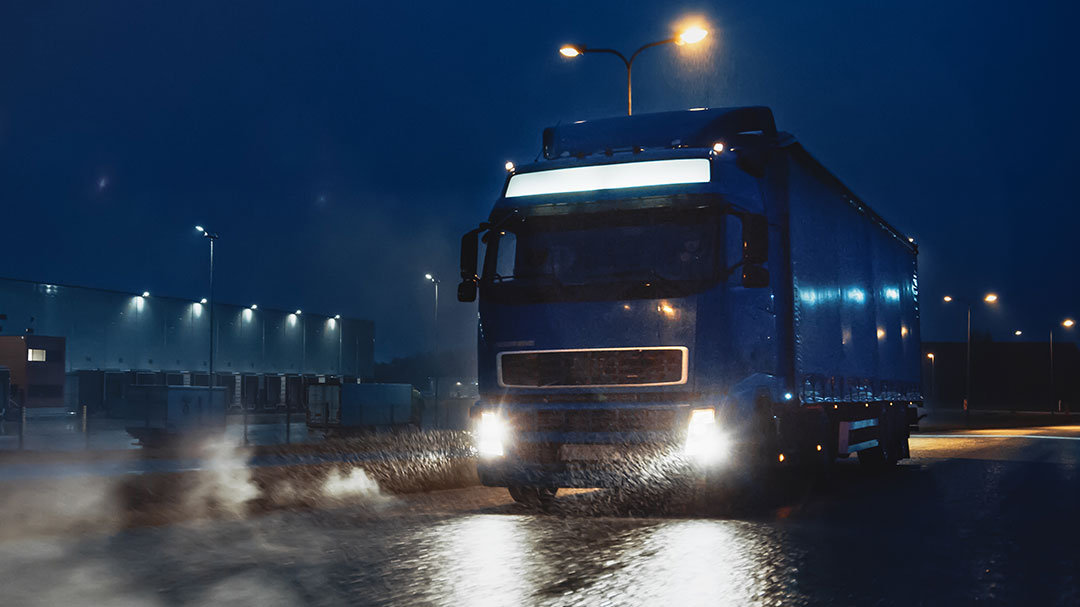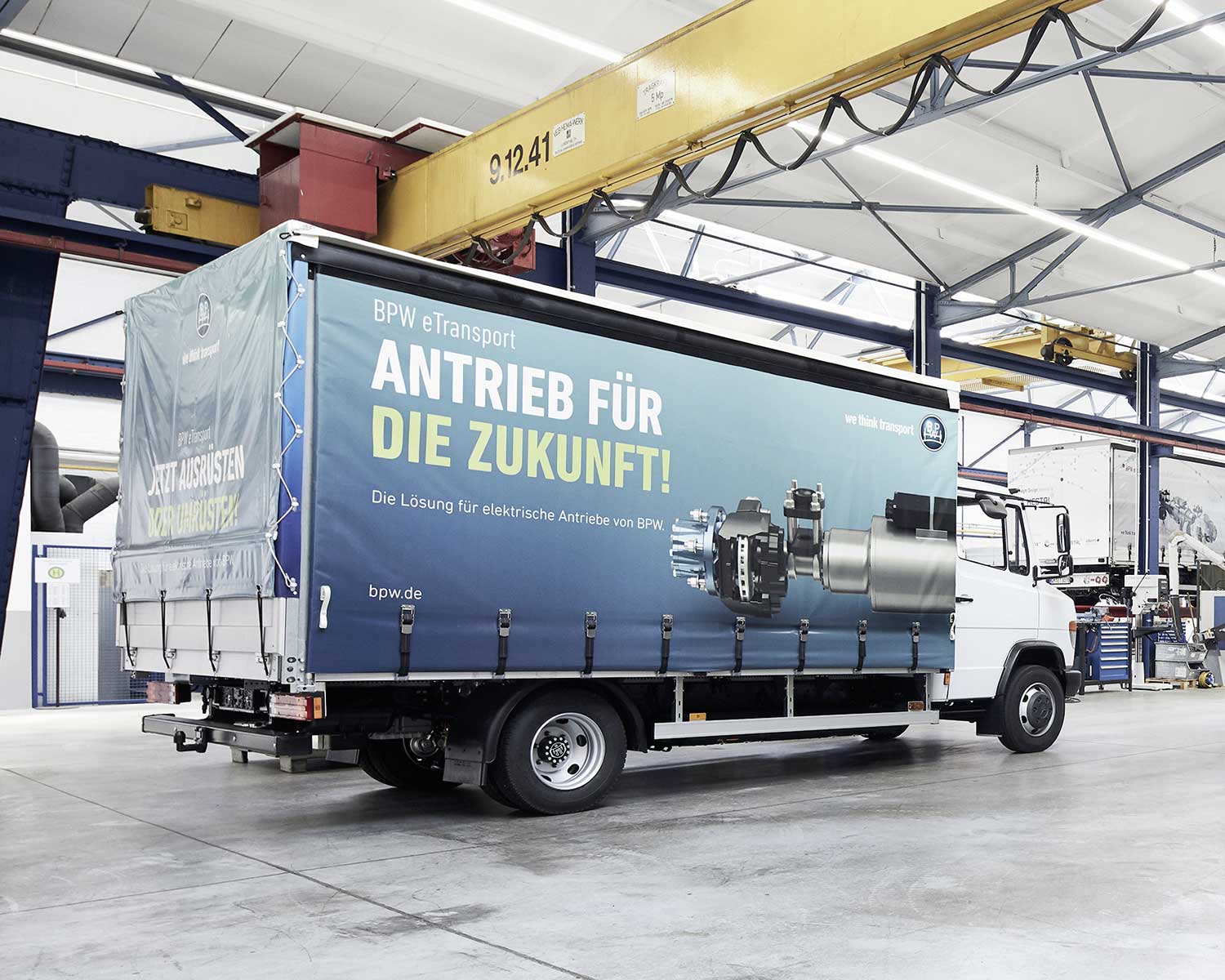Text: Oliver Schönfeld
Photos: Meyer & Meyer, Hornischer GbR, Uwe Lewandowski
Pull up at the swap station, park the vehicle and after a short coffee break continue on your way with a fresh battery: ‘Route Charge’ turns electromobility into a new experience for Meyer & Meyer drivers – without becoming frustrated by long charging times. The fashion logistics specialist plans to use the battery swap system along specific regular routes. And this is not the only e-mobility project from the family-owned company in Osnabrück.
The question is almost as old as the history of e-mobility itself: is it possible to avoid annoying charging times by simply replacing the empty battery with a freshly charged one when you stop to ‘refuel’? Engineers and developers have been tackling this challenge for many years. Various projects in both the passenger car and commercial vehicle sectors have made it to the road test phase. E-cars from ‘Better Place’, for example, are among the more familiar approaches to battery swap systems. However, technical hurdles and high costs also made it clear that the path from theory to practice can be arduous. A new – very promising – attempt is now being made by those involved in Route Charge.
Swap a battery in 15 minutes
The ‘Route Charge’ research project, funded by the German Federal Ministry for Economic Affairs and Energy, entered a decisive phase in spring 2020: the newly designed electric commercial vehicle has to prove its practical suitability for daily scheduled services operated by Osnabrück-based fashion logistics specialist Meyer & Meyer. After a successful initial test phase, the 19-ton truck is to commute several times a week between Berlin, Magdeburg and Peine. Unlike conventional electric trucks with batteries that are permanently installed, the prototype has two batteries that can be swapped in less than 15 minutes. The concept featuring exchangeable batteries and three changing stations reduces the length of intermediate stops to a minimum compared to the charging breaks that are otherwise necessary. ‘We are therefore able to overcome one of the major weaknesses of conventional commercial e-vehicles: by swapping the battery, trips of up to 500 kilometres are possible,’ explains Bijan Abdolrahimi from MC Management GmbH, a company within the Meyer & Meyer Group, which is managing the project.
Other project partners include the Fraunhofer Institute for Production Systems and Design Technology, the TU Berlin (Department of Logistics, professorship ‘Agent Technologies in Business Applications and Telecommunications’ and DAI laboratory) and the Schwerin energy supplier WEMAG AG. As part of Route Charge, they want to show that battery-swapping systems open up new scheduling freedom when using electric trucks. ‘Manufacturers of commercial vehicles must make a start on electrification by offering reliable and inexpensive electric trucks,’ emphasises Rolf Meyer, one of the partners at Meyer & Meyer: ‘If they also set up functioning battery-swapping infrastructure, freight forwarders would certainly take up the offer. Small and medium-sized logistics service providers will only dare to take a step towards electromobility once electric trucks have proven to be an economical and reliable alternative to diesel. There is no room to experiment in the highly competitive transport market!’
»In metropolitan areas, the matter of accepting logistics is even more urgent. This is precisely where electromobility will be indispensable in the future.«
Rolf Meyer, long-standing managing partner and current member of the supervisory board of Meyer & Meyer Holding SE & Co. KG
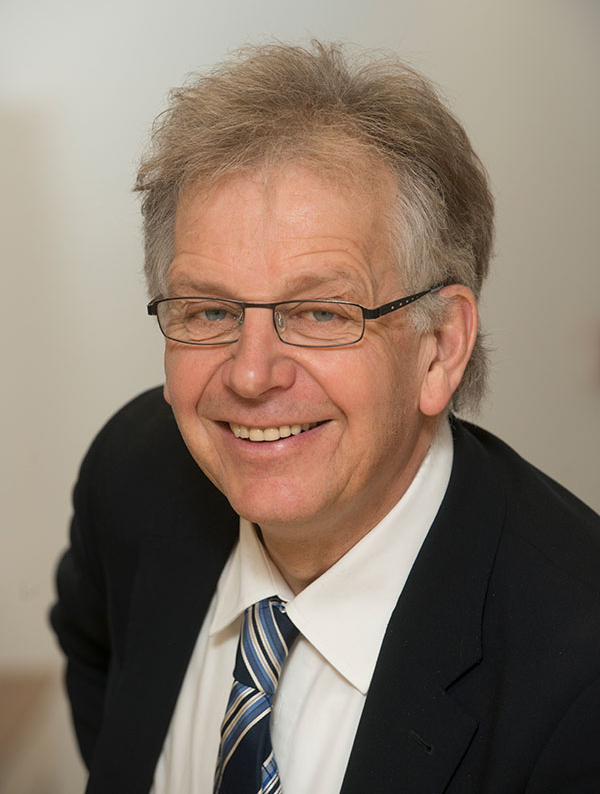
»In metropolitan areas, the matter of accepting logistics is even more urgent. This is precisely where electromobility will be indispensable in the future.«
Rolf Meyer, long-standing managing partner and current member of the supervisory board of Meyer & Meyer Holding SE & Co. KG
For Rolf Meyer, it is part of the company’s self-image to be one of the pioneers when it comes to sustainability. ‘We put our first electric vehicle on the road as early as 2010 – and since then we have been constantly learning new things with regard to charging times, ranges, charging infrastructure and other challenges.’ Meyer & Meyer is a specialist for fashion logistics in Europe. The company handles over 3.5 million shipments every year. In Peine, it operates the largest semi-automated logistics centre for textiles in northern Germany and also supplies numerous customers in Berlin from this centre on a daily basis. ‘In metropolitan areas, the matter of accepting logistics is even more urgent. This is precisely where electromobility will be indispensable in the future,’ stresses Rolf Meyer. ‘By opting to test the 19-ton box semi-trailer, we admittedly chose the most difficult, too.’
Three changing stations
Three new changing stations will be built along the 250-kilometre pilot route for the Route Charge project: one in the central warehouse in Peine, another in Berlin-Westhafen and the third halfway along the route, in the town of Burg in Jerichower Land. The two batteries, each weighing 2,000 kilograms, are transported from the loading rack to the truck by forklift in less than 15 minutes and securely attached to its flanks. The battery-swapping stations are also integrated into a virtual power plant and thus serve as an energy storage system. This enables them to provide additional power to the public grid to stabilise it when needed. This virtual power plant is operated by the energy supplier WEMAG AG in Schwerin. The expectations for battery ranges of up to 300 kilometres have already been fully met in the first practical applications, and the technology also proved to be robust and reliable.
The electric truck has also been specially designed to enable AC, DC and alternating battery charging. The Saxon vehicle manufacturer Framo built this truck as per the specifications as a prototype and registered the 19-ton truck and trailer with Dekra. Along the pilot route, developers expect an annual saving of about 3.4 tons of CO2 for every 500 kilometres travelled. Once the electric truck has reached its destination at the distribution centre in Berlin’s Westhafen, deliveries are made to customers from there. In future, Meyer & Meyer also wants to use electric vehicles in city logistics for this purpose.
Round-the-clock operation
The medium-distance electric truck, however, receives fresh batteries in Berlin and immediately begins its return journey. This guarantees 24/7 operation, which is absolutely essential for the forwarding business. ‘Such an expensive pilot vehicle should ideally be operated 24 hours a day. As a follow-up project, we are already thinking about offering electrical transport services for other customers from Berlin Westhafen,’ explains Rolf Meyer. Generally speaking, the experienced entrepreneur is convinced that switching to electromobility will also require business models to be redesigned. ‘Electric commercial vehicles open up new possibilities, such as offering a higher degree of acceptance for city logistics. From my point of view, it is therefore not expedient to simply adopt existing processes exactly as they are.’ Instead, processes should be analysed and critically questioned, says Meyer: ‘Used wisely, electromobility leads to new, successful logistics business models.’
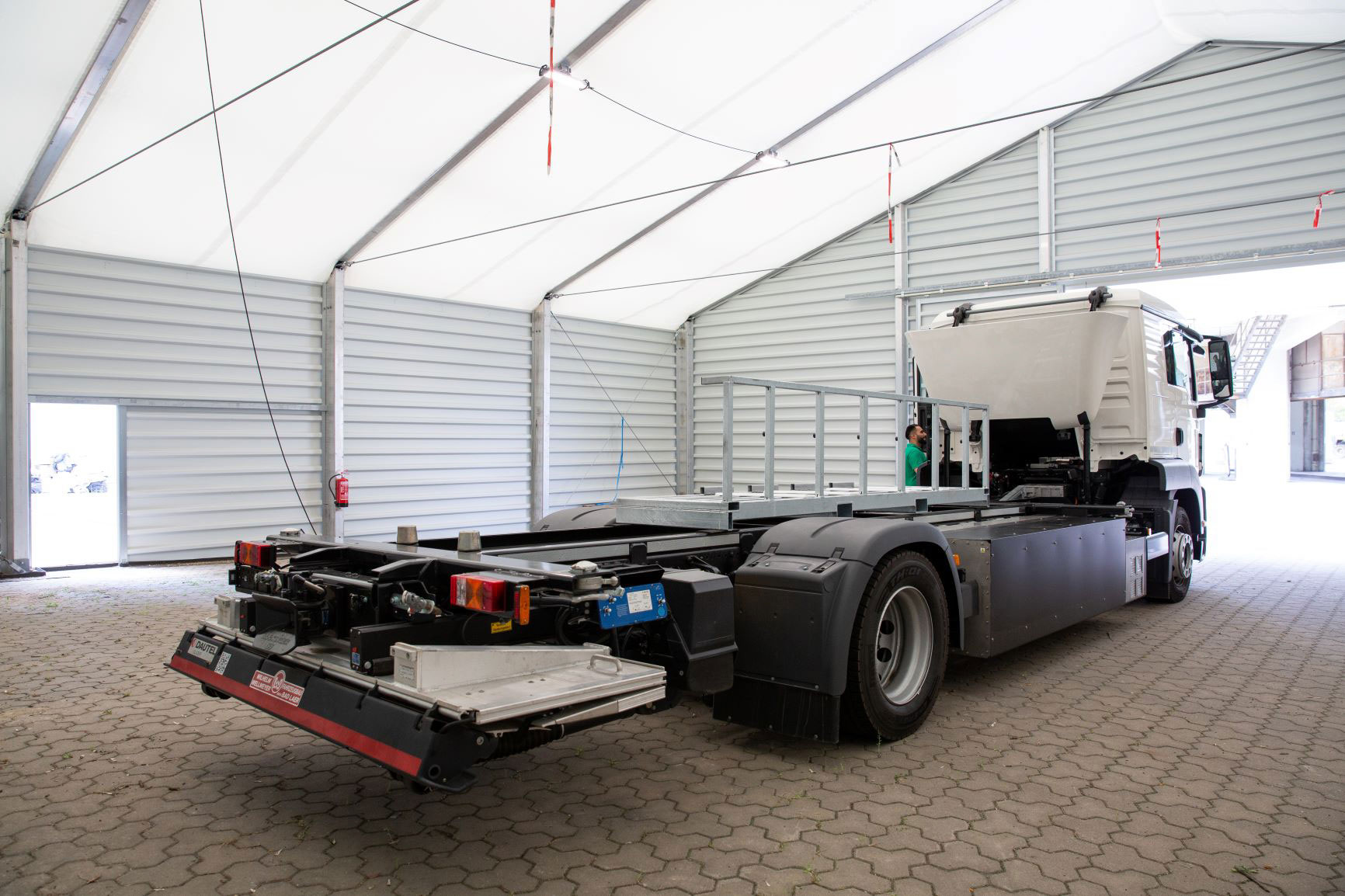
Dr Clemens Haskamp, who as managing director of MC Management GmbH is responsible for the Route Charge project, agrees with this assessment: ‘Logistics companies must design their business models flexibly to remain competitive. In order for electric trucks to really be able to compete with diesel trucks, acquisition costs must be reduced and the operating radii and times must be extended.’ For example, new types of leasing models could be developed for electric trucks with exchangeable battery systems. This avoids high initial costs and gives logistics companies greater investment security. Particularly given the service life of permanently installed battery cells, new contractual regulations are also required. An initial idea is that battery swap station operators could flexibly provide transport companies with vehicle batteries and bill them based on a kilometre rate.
Environmentally friendly alternatives
Meanwhile, Meyer & Meyer is working intensively on further environmentally friendly transport solutions. To supply a major fashion customer with goods for its stores, the company uses a 12-ton vehicle converted to electric drive and two long trucks. Compared to conventional vehicles, the long truck saves up to 4.6 tons of CO2 per year on the Hamburg–Osnabrück–Hamburg route, and up to 3.4 tons of CO2 per year on the Hamburg–Peine–Hamburg line. The electric truck converted by the German manufacturer Orten electric trucks contains special equipment for transporting textiles and has a range of up to 300 kilometres. ‘The vehicle has now been in use for over a year and fully meets the requirements of our distribution traffic,’ explains Rolf Meyer. The converted 12-ton truck has a permanently integrated battery with a charging time of nine to ten hours, which is recharged at the site in Peine. It is unique in Germany in this form.
The drivers are also specially trained to handle the vehicle. In addition, the fashion logistics provider has been using two type 3 long trucks since autumn 2019. These are ideal for transporting hanging textiles. That is because clothing takes up a lot of space, but weighs very little. Thanks to the higher transport volume in this type of truck, the company can reduce the number of trips and thus consume less CO2. Rolf Meyer concludes by emphasising: ‘For us, dealing with issues of sustainability and resource conservation is self-evident. Our industrialised world is facing fundamental changes – the best thing we can do is to start right away!’

